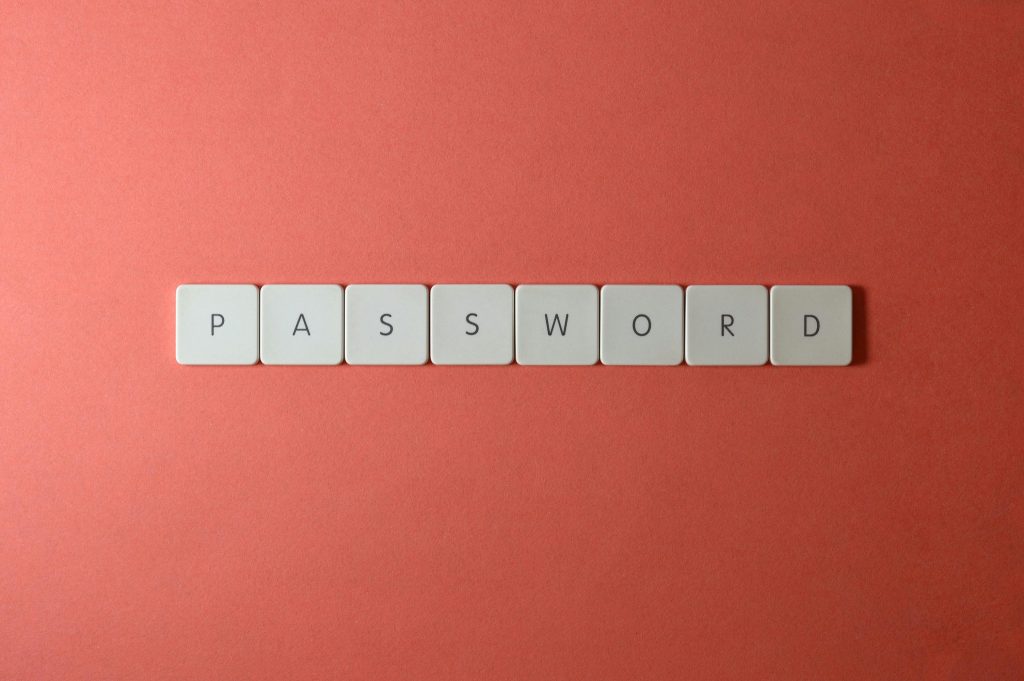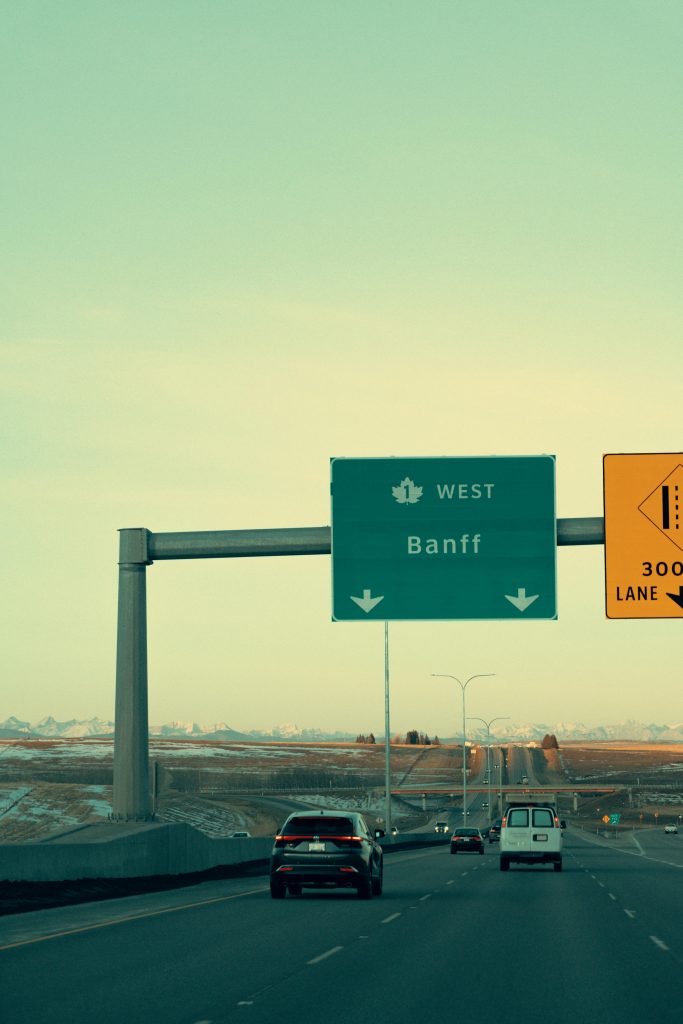Navigating RAID 5 Rebuilding After an HDD Failure: Insights and Assistance Needed
In the world of data storage, a reliable setup is crucial, especially when it involves safeguarding a wealth of movies, TV shows, and personal files. For the past three years, I’ve utilized a Mediasonic Probox equipped with four 12TB drives configured in RAID 5. This arrangement has provided me with 28TB of usable space, allowing me to run a Plex server smoothly throughout the year. However, like many tech enthusiasts, I’m now facing the challenge of recovering from an unexpected hard drive failure.
Recently, one of my drives began to fail after more than three years of uninterrupted service. Unfortunately, the Probox lacks failure indicators, which left me unaware until I noticed sluggish transfer speeds. After conducting checks on each drive, it became clear that I needed to replace one. I promptly acquired a new drive and installed it, but now I find myself in the midst of a rebuilding process that has raised numerous questions.
The only indication I have that the rebuild is underway is the blinking lights on the unit, but they have remained active for three days without any clear timeline on the completion. Given that we’re dealing with a substantial amount of data—12TB—the rebuilding phase can understandably take some time. Yet, I am uncertain about what to expect, leading me to seek insights from knowledgeable sources: How long is a typical RAID 5 rebuild? Days, weeks, or potentially longer?
The feedback I’ve received thus far has been somewhat unhelpful. I often encounter two types of responses: one advocating against RAID 5 altogether or others merely stating, “it depends,” without further elaboration. While I agree that RAID 5 is not an infallible solution, it remains the most cost-effective choice for data that isn’t critically essential. Rebuilding from scratch is an option, but I prefer to explore realistic timelines concerning the current rebuild.
On a forward-looking note, I plan to enhance my setup by investing in a more robust storage solution that includes failure indicators, upgrading to better quality drives, and potentially migrating to RAID 10 instead of RAID 5. Moreover, I intend to implement an external backup strategy. However, this transition entails a significant financial commitment—approximately $1,200—which raises the challenge of managing today’s urgent situation without the luxury of instant funding for upgrades.
As I navigate this critical period, I welcome any helpful suggestions or insights regarding the rebuilding process. Additionally, if anyone
Share this content:



